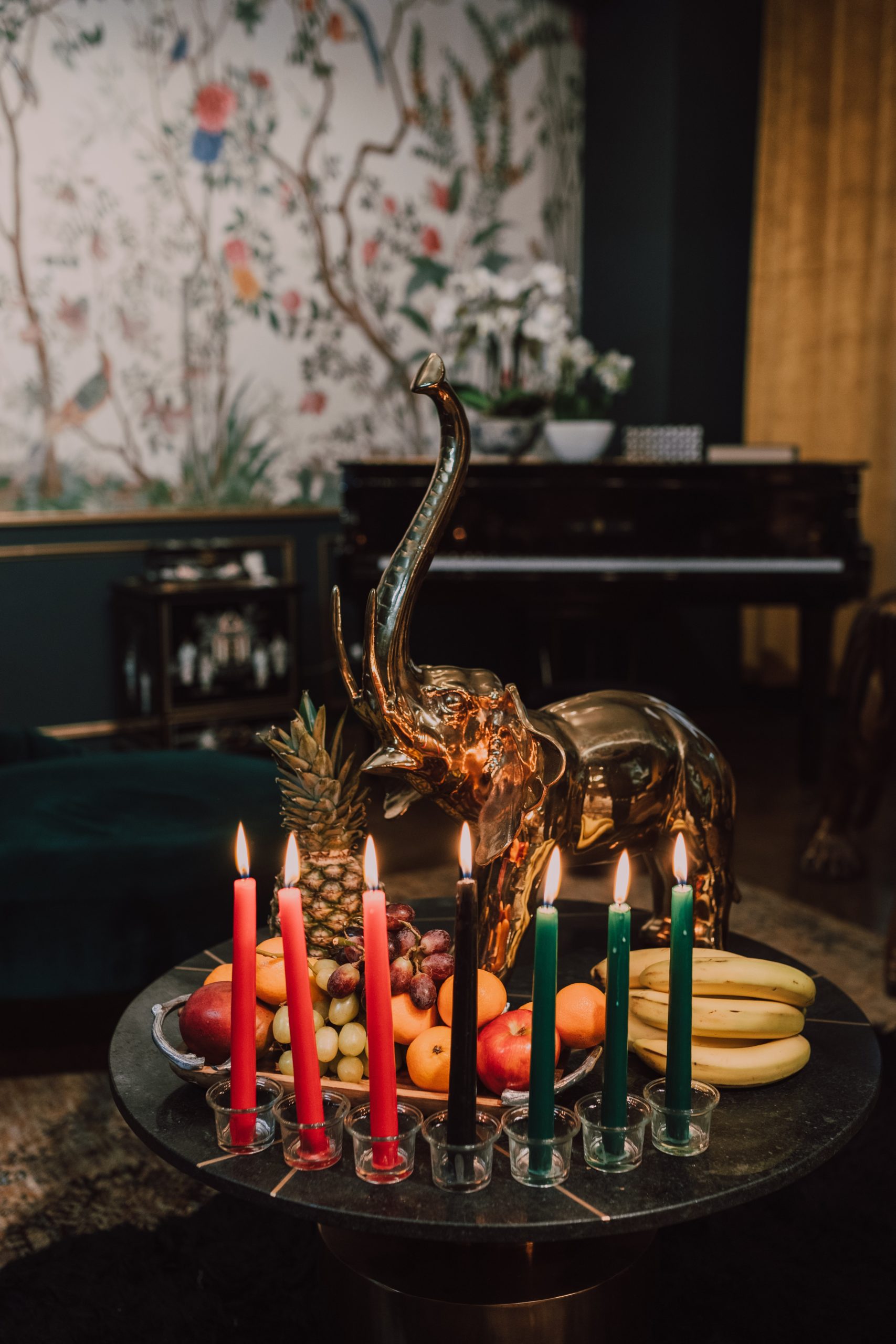Every year people all over the world celebrate the holiday season in different ways. Kwanzaa is just one of the many holidays celebrated.
Kwanzaa is celebrated every year from Dec. 26 to Jan. 1 and has only been around since 1966 after being invented by Dr. Maulana Karenga, professor and chairman of Africana Studies at California State University.
It is a holiday used to express African American culture and heritage and participating in a gift exchange with loved ones, along with a dinner.
Kwanzaa has seven different core values, or what is also called “Nguzo Saba.” The first one is to aim to maintain unity among friends and family, the second value is self-determination. The third core value is collective work and responsibility, the fourth is cooperative economics which is defined as: “To build and maintain our own stores, shops, and other businesses and to profit from them together”.
The fifth value is the purpose which is defined as: “To make our collective vocation the building and developing of our community in order to restore our people to their traditional greatness.” The sixth value is Kuumba, or creativity. Kuuumba can be described as “To always do as much as we can, in the way we can, in order to leave our community more beautiful and beneficial than we inherited it.”
The last core value of Kwanzaa represents Imani or Faith, which translates to: “believe with all our heart in our people, our parents, our teachers, our leaders, and the righteousness and victory of our struggle.”
Since Kwanzaa lasts seven days, there are seven core symbols that get incorporated into the weeklong celebration.
Kwanzaa’s seven core symbols include: Mazao or what Americans know as crops, Mkeka or place mat, Muhindior or an ear of corn, Mishumaa Saba or The Seven Candles, Kinara or the candleholder, Kikombe Cha Umoja which translates to the Unity Cup, and the final core symbol is Zawadi or gifts.
Each one of the symbols has a meaning behind them and why they are important to not only the holiday but also to African culture.
A key custom during Kwanzaa is the daily lighting of the Kinara. There are seven candles that get lit each day of the holiday celebration. The candle colors are black, green, and red which all represent the symbols previously mentioned.
Marquie Peyton
Intern

